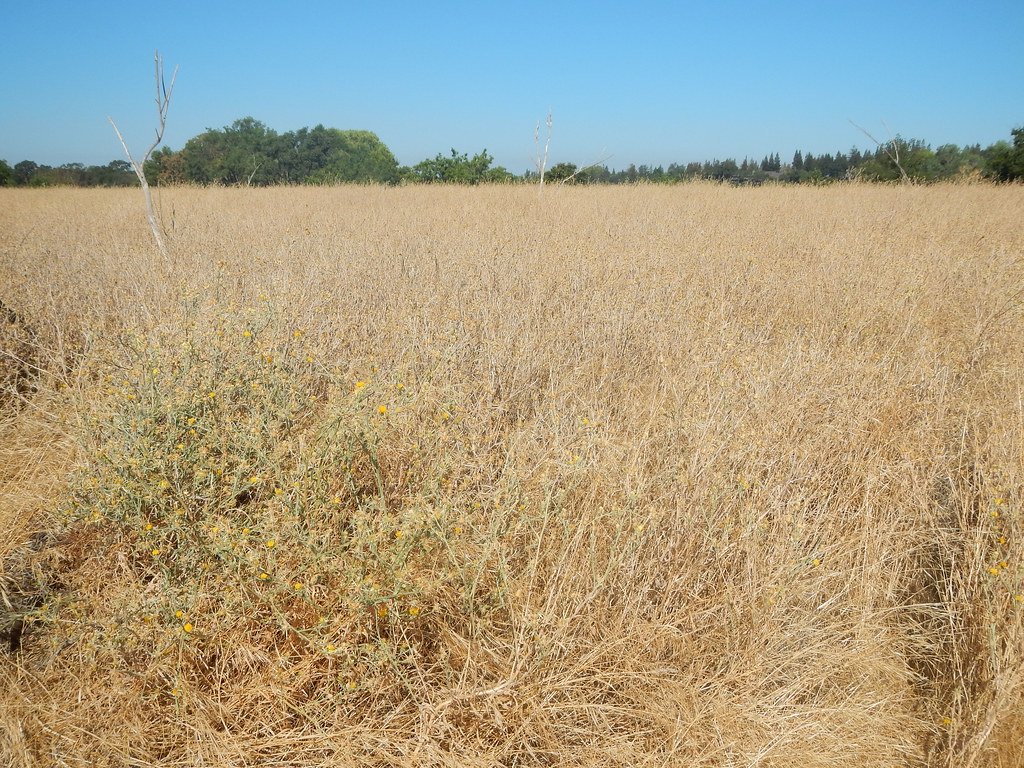Imagine an animal that looks like a colorful underwater flower, yet can snatch prey with lightning speed and transform entire oceans with its presence. This is the mesmerizing world of coral—creatures that defy expectations at every turn. They are hunters, architects, and community-builders all at once. In the vast blue wilderness, corals thrive by following instincts that seem almost intelligent, behaving not just like animals, but as living, breathing ecosystems. It’s a story of survival, cooperation, and astonishing adaptation that will make you see coral reefs in a whole new light.
The Surprising Truth: Corals Are Animals, Not Plants
Most people glance at a coral reef and see a garden. The colors and branching forms look so much like flowers that it’s easy to mistake corals for plants. But under the surface, each coral polyp is a living animal. These tiny creatures belong to the same family as jellyfish and sea anemones, pulsing with life and movement. Unlike plants, corals don’t make their own food through photosynthesis alone. Instead, they actively hunt, using specialized tentacles to capture unsuspecting prey. It’s a startling fact: the coral’s gentle beauty hides a fierce, predatory nature.
How Corals Hunt: Tiny Predators in Disguise
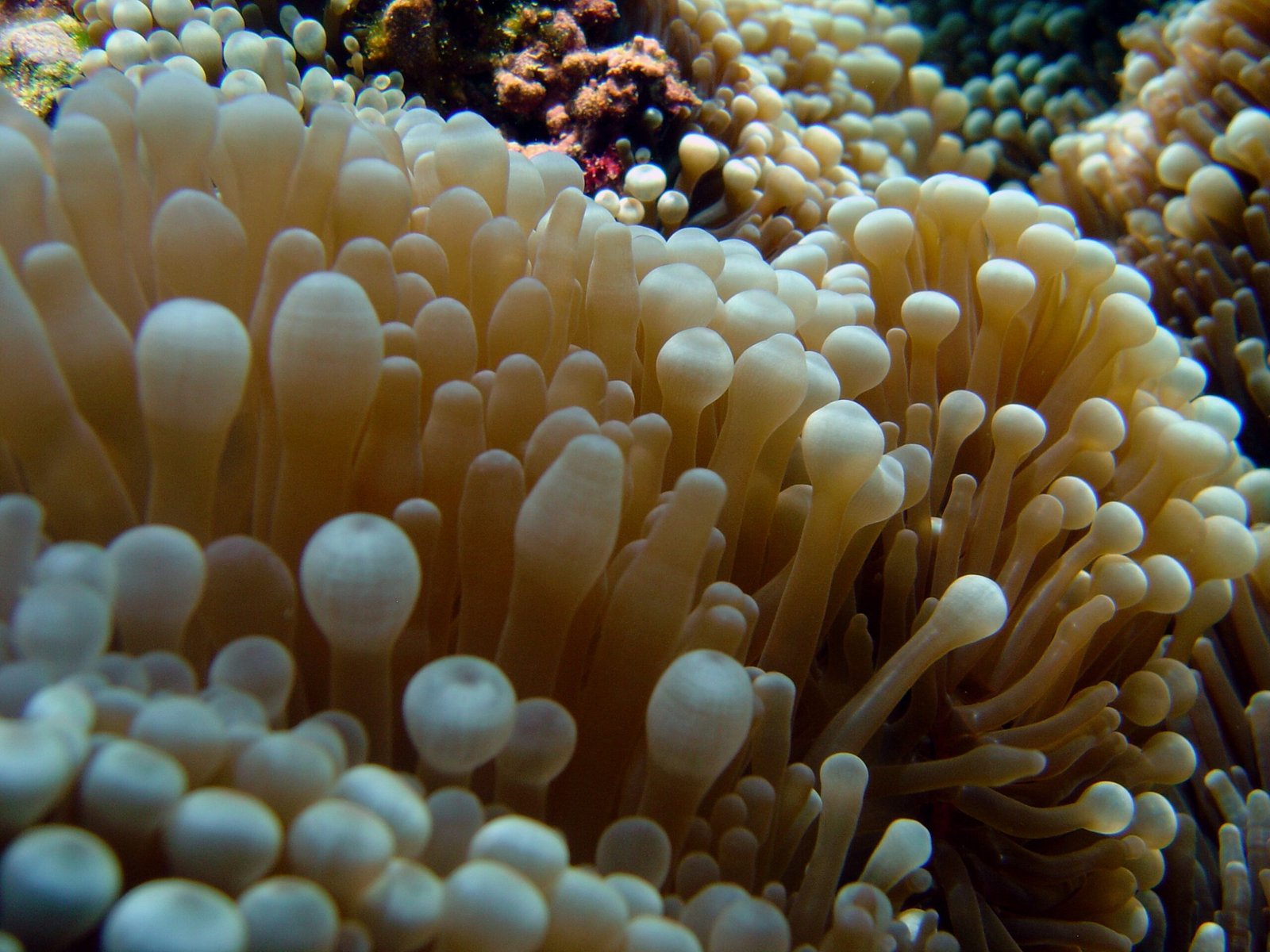
When night falls on a reef, corals reveal their secret weapon—tentacles lined with stinging cells called nematocysts. These powerful structures can fire toxins at microscopic prey like plankton and small fish. Once stunned, the prey is swept into the coral’s mouth. It’s a dramatic, almost shocking scene, as the coral reaches out to snatch food from the passing current. Some species, like the mushroom coral, are even known to crawl across the seafloor in search of a better hunting ground. The image of a “plant” on the move, stalking its dinner, is both eerie and fascinating.
The Symbiotic Brain: Corals and Algae Working Together
Corals may hunt like predators, but they owe much of their survival to a delicate partnership with tiny algae called zooxanthellae. These microscopic guests live inside coral tissues, sharing the sugars they produce during photosynthesis. In return, the coral offers them a safe home and access to sunlight. This symbiotic relationship is so finely tuned that corals and algae almost “think” as one, responding together to changes in light, temperature, and nutrients. The entire reef acts like a brain, making decisions that benefit the whole ecosystem.
Building Reefs: The Coral as an Architect
Corals are more than just animals—they are builders. Each polyp secretes a hard skeleton made of calcium carbonate, which over centuries forms massive reef structures. These reefs are the rainforests of the sea, providing shelter for thousands of marine species. The scale of construction is staggering: the Great Barrier Reef, for example, is visible from space and is the largest living structure on Earth. Corals work together, colony by colony, to create habitats that support unimaginable biodiversity.
Communication Beneath the Waves: Chemical and Electrical Signals
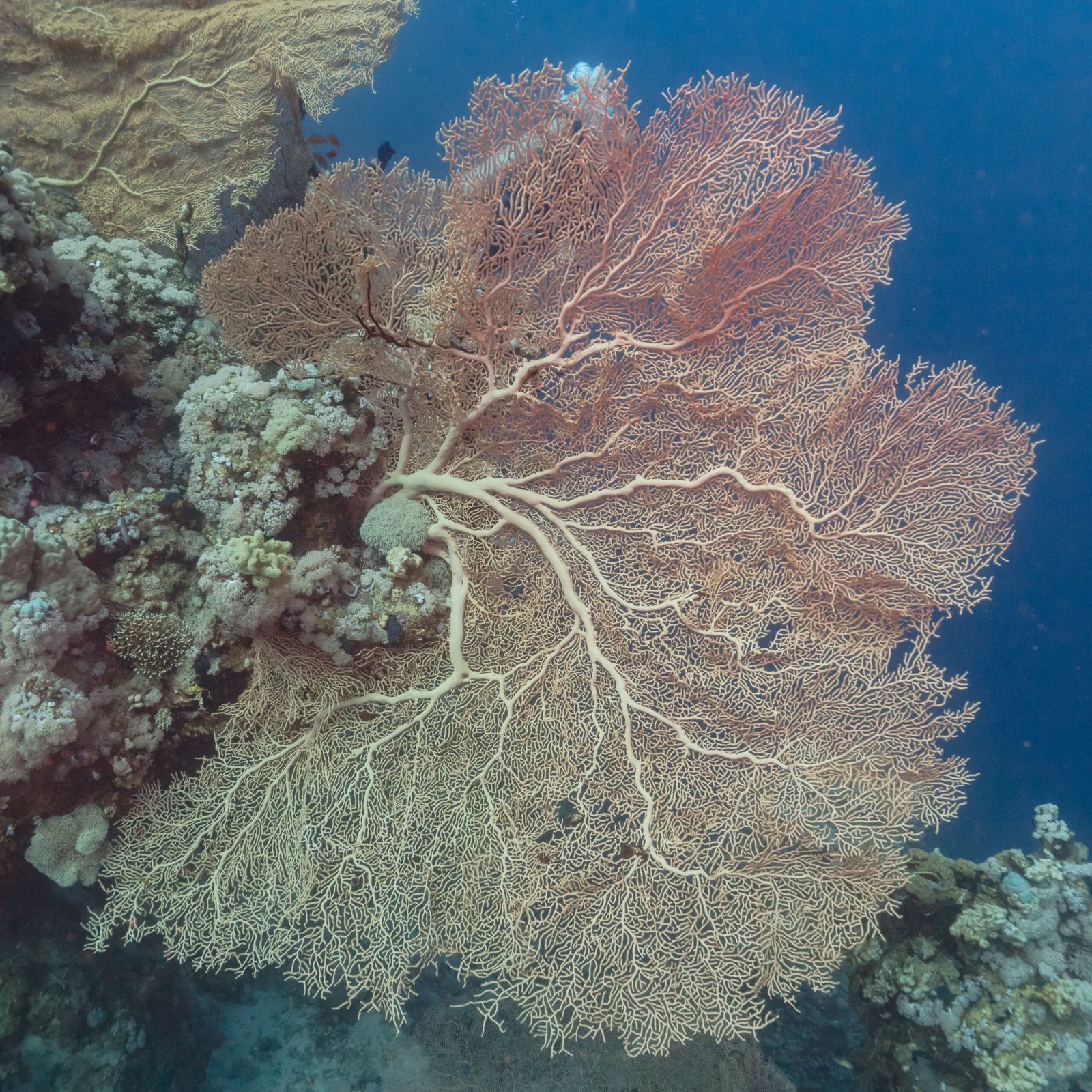
Corals don’t have brains or nerves, but they communicate in ways that mimic intelligence. When threatened by predators or environmental stress, corals release chemical signals into the water. These messages warn neighboring polyps and even trigger group responses, like mass spawning or defensive behavior. Some scientists have discovered that corals use electrical pulses to coordinate activities across a colony, almost like neurons firing in a brain. This intricate network of communication allows the reef to behave as a single, unified organism.
Reef Resilience: Adapting to Change Like an Ecosystem
Corals face constant threats—storms, warming oceans, and pollution. Yet, reefs have survived for millions of years by adapting quickly. When water temperatures rise, some corals can expel their algae partners and seek new ones better suited to hotter conditions. Others produce heat-resistant offspring or change their growth patterns to survive. This remarkable flexibility is a hallmark of ecosystems, not individuals. Corals seem to “learn” from their environment, passing on survival strategies to future generations.
The Mass Spawning Spectacle: A Coordinated Dance of Life
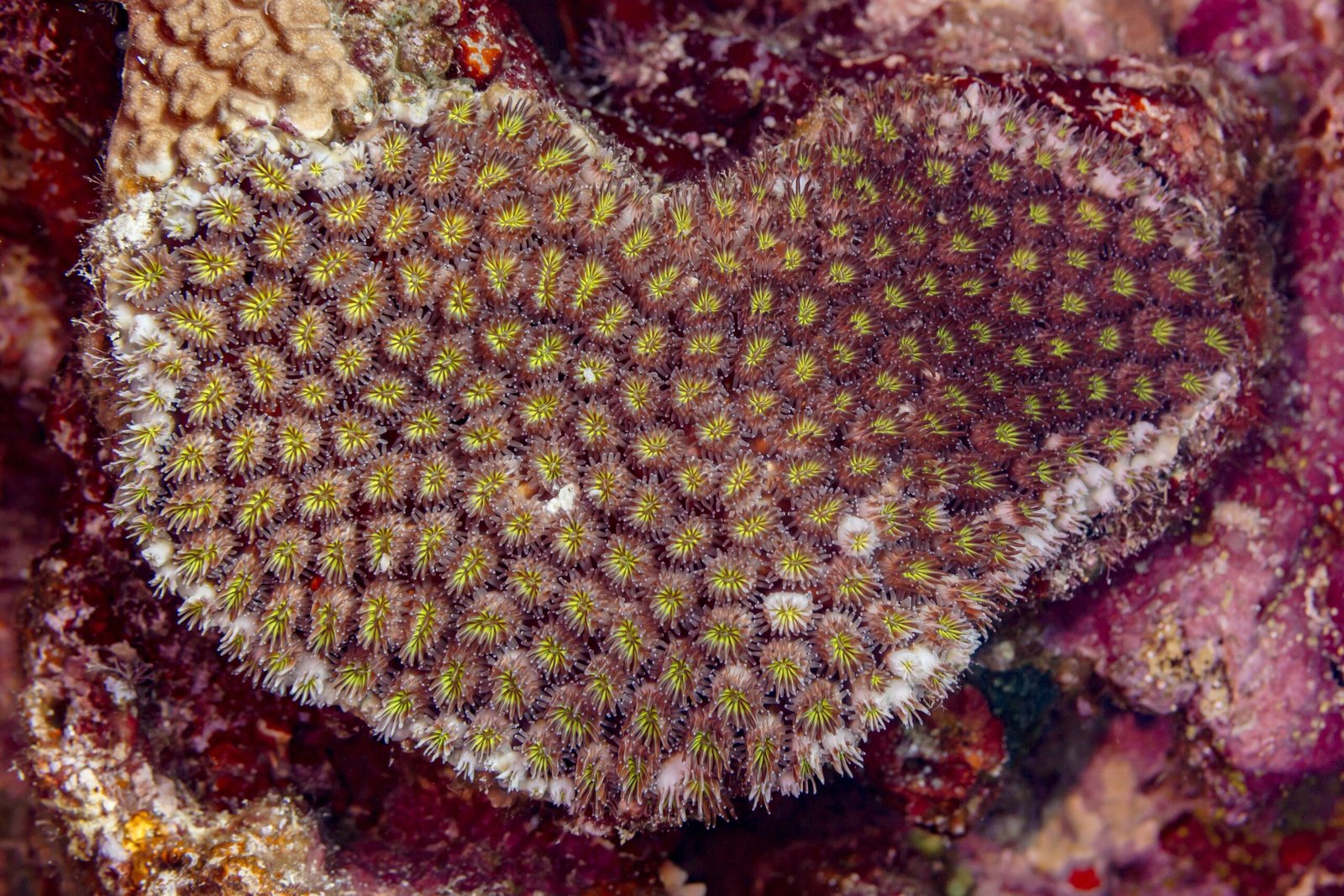
Once a year, entire reefs come alive in a breathtaking event: mass spawning. At precisely the right moment, millions of corals release eggs and sperm into the water, turning the ocean into a swirling snowstorm of life. This synchronized behavior is triggered by moonlight, water temperature, and chemical cues—a feat of timing that rivals any animal migration. The spectacle is not just beautiful; it’s a testament to the complex, almost “ecosystem-level” intelligence that guides coral communities.
Predators and Prey: The Coral’s Place in the Food Web
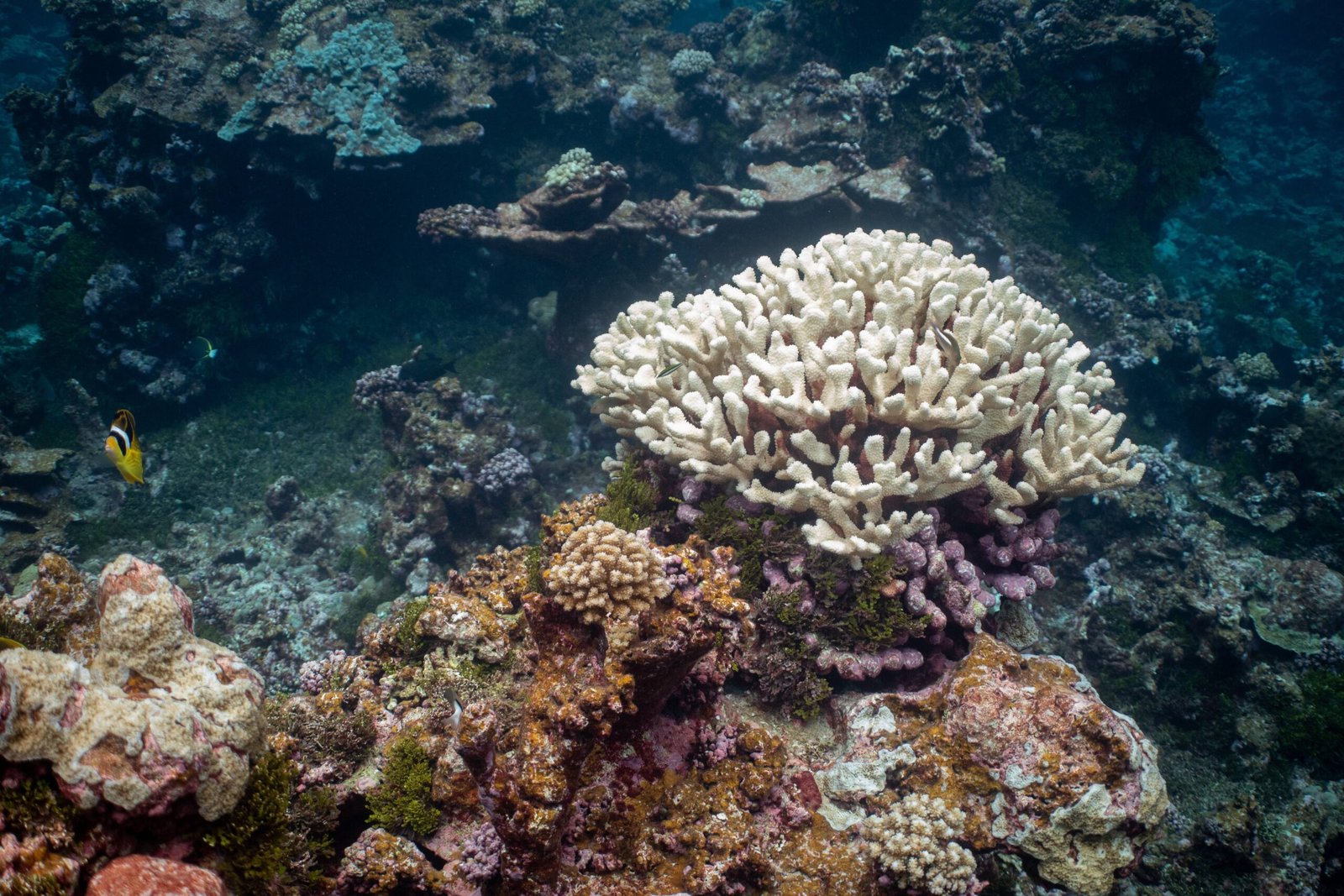
Corals may seem delicate, but they are fierce competitors in the underwater world. By capturing plankton and small fish, they feed themselves and also support larger predators like groupers and sharks. At the same time, corals must defend against hungry snails, starfish, and even other coral species. Some corals wage chemical warfare, releasing toxins to keep rivals at bay. The constant struggle for survival shapes the entire food web, with coral reefs standing at the very center.
The Role of Color: Camouflage, Signaling, and Survival
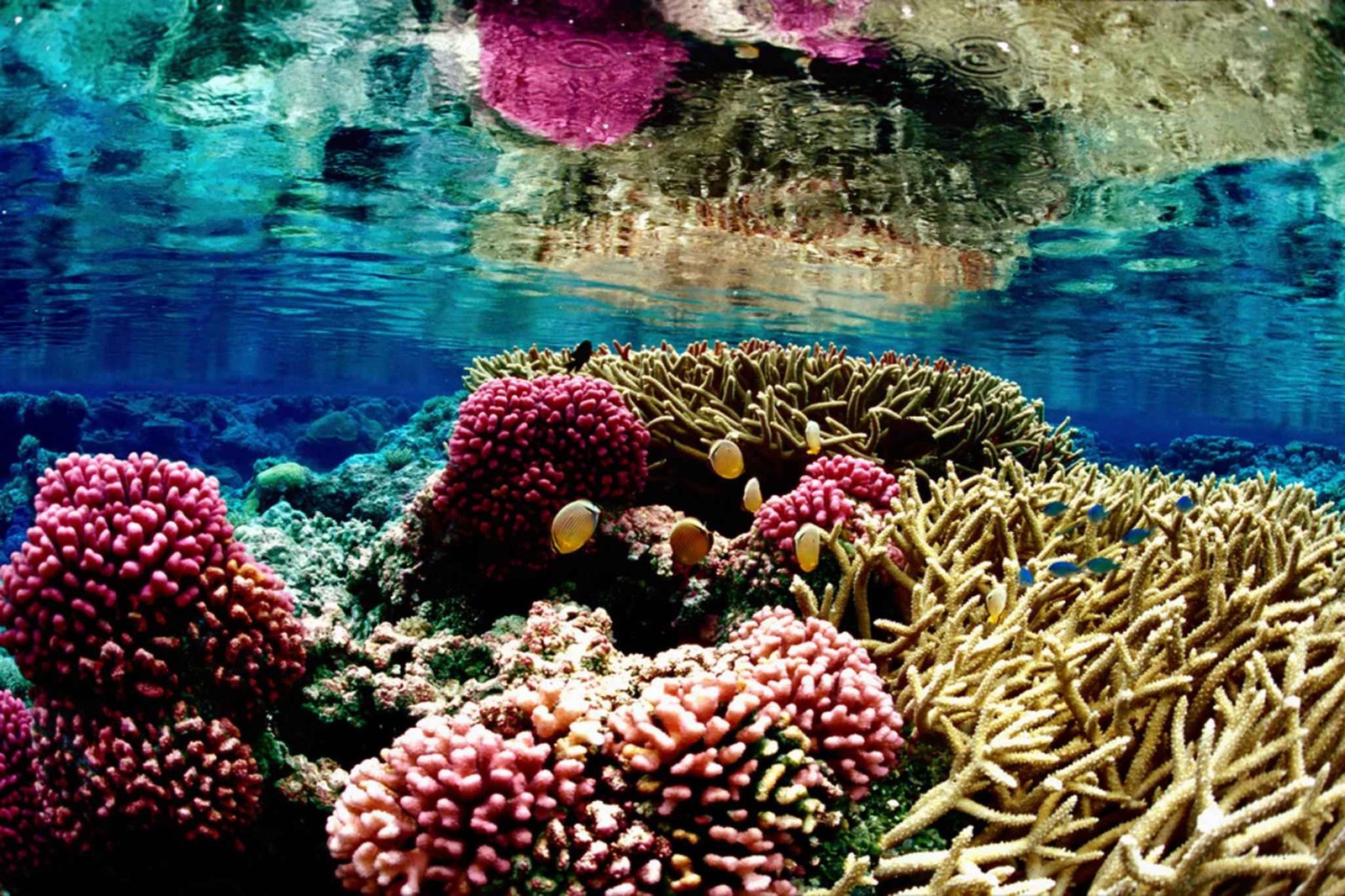
The dazzling colors of coral reefs are not just for show. Pigments in coral tissues help protect against harmful ultraviolet rays, while fluorescent proteins can signal health or stress to neighboring polyps. Some corals even change color to blend in with their environment or to warn off predators. These visual signals are part of a complex language that helps coral colonies thrive in changing conditions. The vibrant palette of the reef is both a shield and a message board.
Coral Bleaching: When the Ecosystem Breaks Down
When corals become stressed—usually from warm water or pollution—they expel their algae partners, losing both color and their main source of food. This process, known as coral bleaching, can devastate entire reefs in a matter of weeks. Bleached corals are more vulnerable to disease and starvation, and the ripple effects can wipe out fish populations and disrupt coastal economies. The phenomenon is a stark reminder that corals are more than individuals—they are the foundation of whole ecosystems.
Microscopic Architects: The Power of a Single Polyp
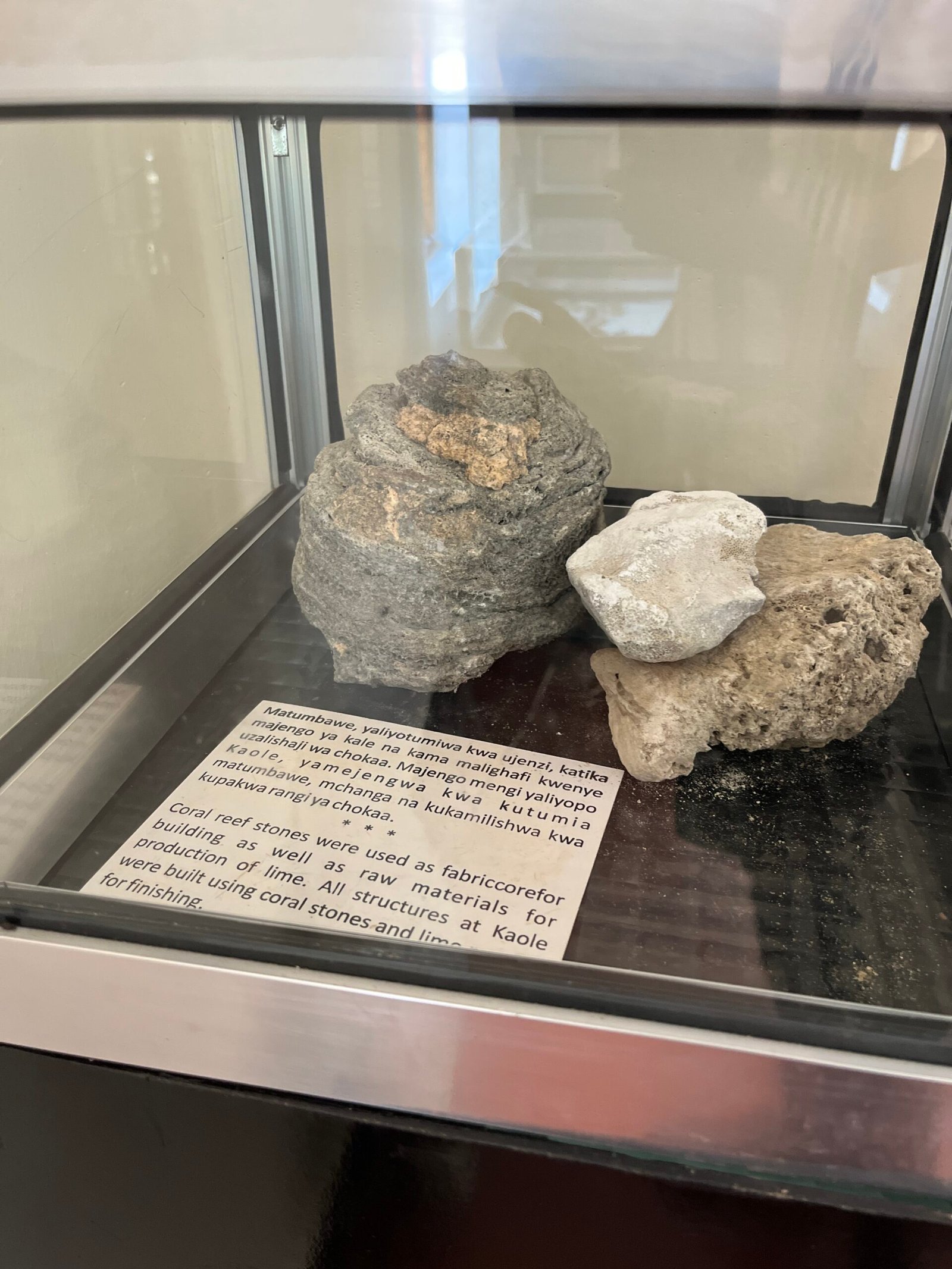
It’s easy to overlook the importance of a single coral polyp, but these millimeter-sized animals hold the power to change the world. Each polyp adds a tiny layer to the reef, and together, millions can create islands and protect coastlines from storms. The collective action of these “little architects” is a lesson in the strength of community. Even the smallest coral plays a vital role in building the reef’s future.
Nurseries of the Sea: Coral Reefs as Life Factories
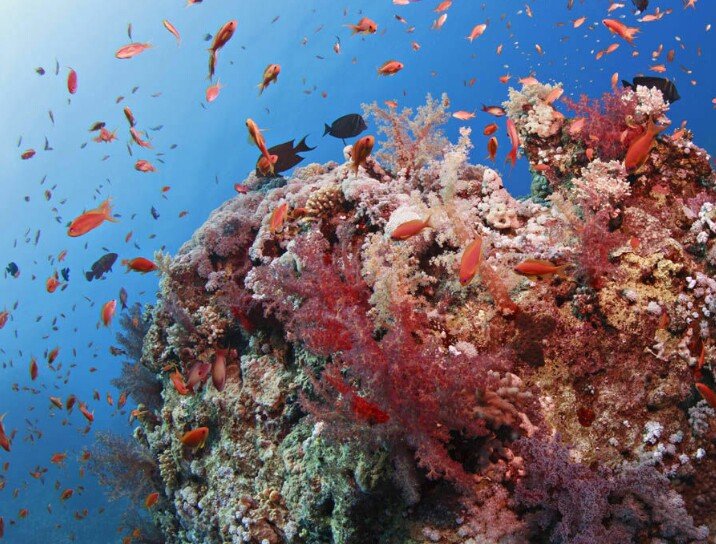
Coral reefs are often called the nurseries of the sea. They provide safe havens for juvenile fish, crustaceans, and countless other creatures. The intricate maze of branches and crevices shields young animals from predators, allowing them to grow and thrive. Without healthy reefs, the oceans would lose much of their diversity and productivity. Every coral colony is a lifeline for generations of marine life.
Climate Change and the Coral Crisis
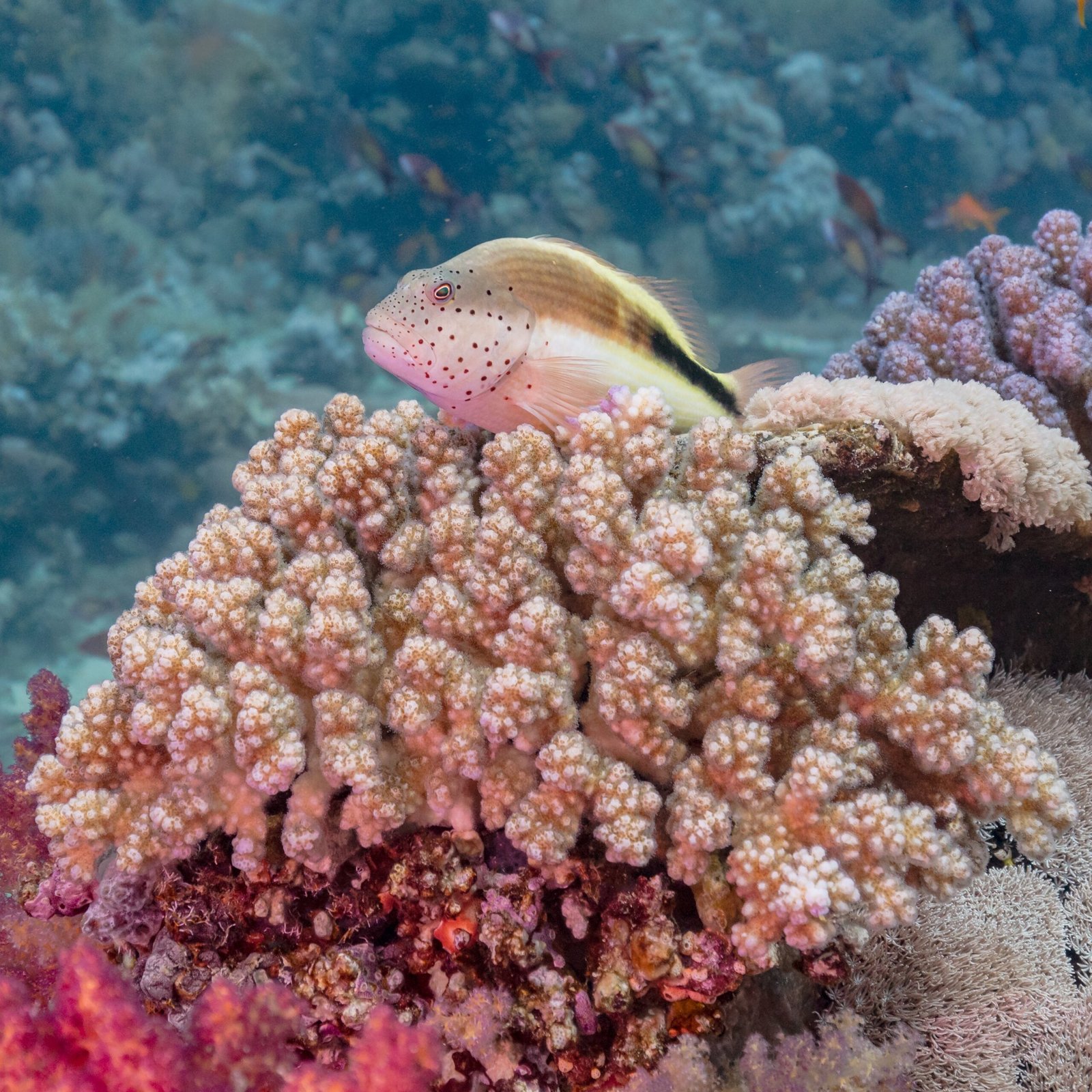
Today, coral reefs face unprecedented challenges. Rising ocean temperatures, acidification, and pollution threaten their very existence. Some scientists warn that we could lose most of the world’s reefs within decades if current trends continue. Yet, there is hope: innovative research is uncovering ways to help corals adapt, from breeding heat-resistant strains to transplanting healthy colonies. The fight to save coral reefs is a battle for the future of the oceans—and for our own survival.
Coral Restoration: Healing the Reefs
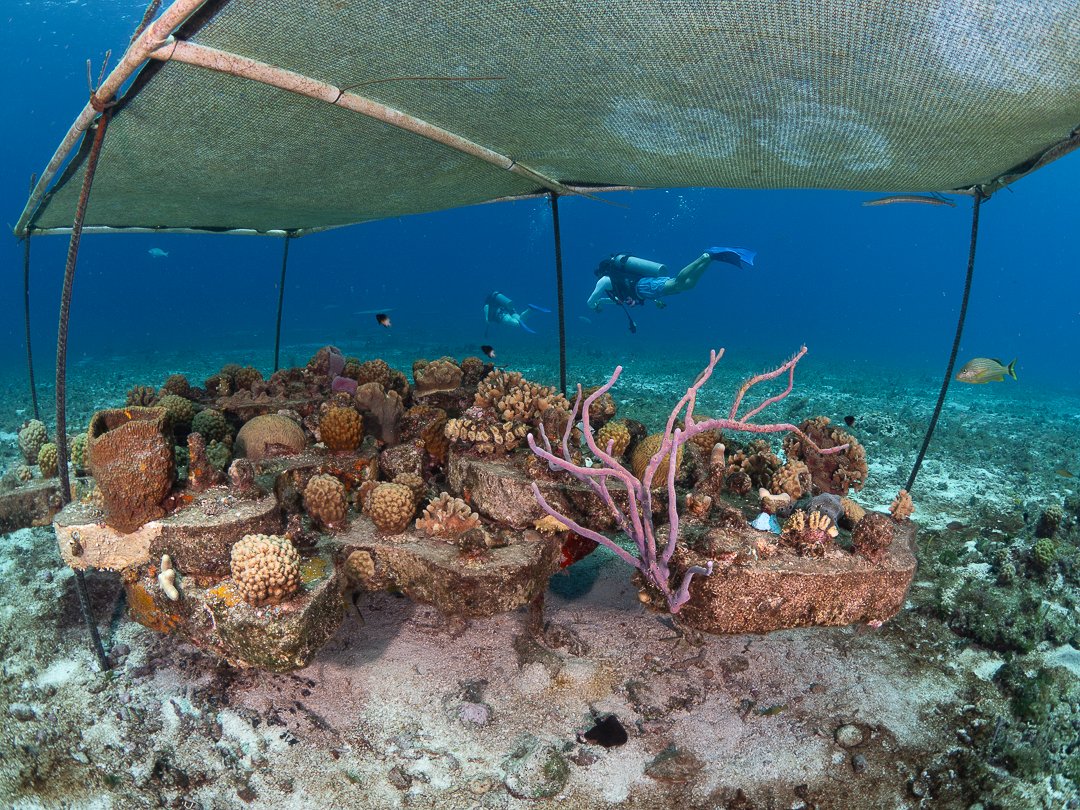
Across the globe, teams of scientists and volunteers are working tirelessly to restore damaged reefs. They grow coral fragments in underwater nurseries, then transplant them back onto dead or dying reefs. The results are inspiring: once barren areas can burst back to life within a few years. Restoration projects are also teaching communities how to protect reefs from overfishing and pollution, showing that human action can make a real difference.
Hidden Medicine Chests: Coral Reefs and Human Health
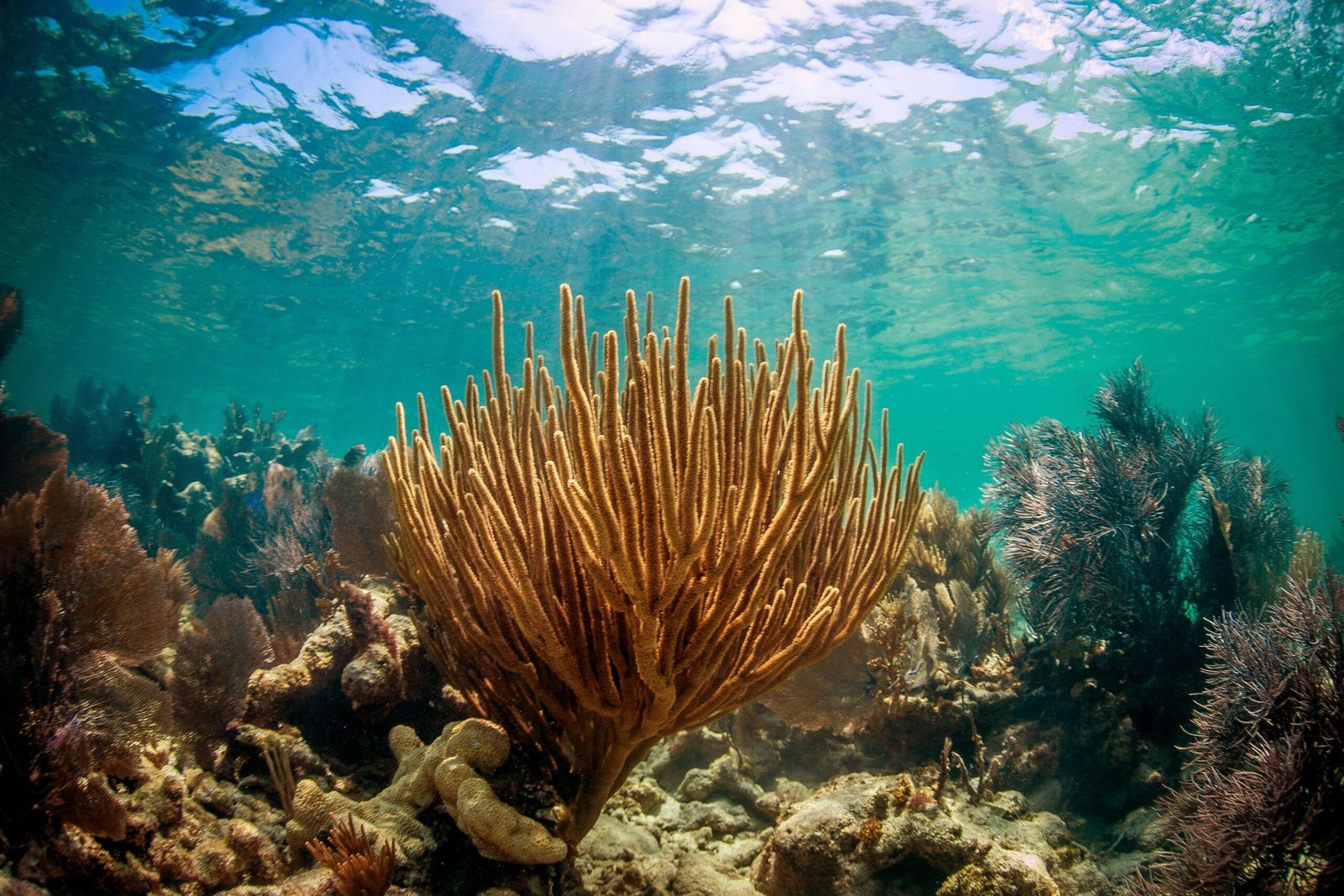
Beyond their beauty, coral reefs are treasure troves of potential medicines. Compounds derived from corals and their inhabitants have been used to develop treatments for cancer, HIV, and chronic pain. The search for new drugs has only just begun, with scientists discovering novel chemicals in reef organisms every year. Protecting corals is not just about saving animals—it’s about safeguarding the future of human medicine.
Sensing the World: How Corals Respond to Their Environment
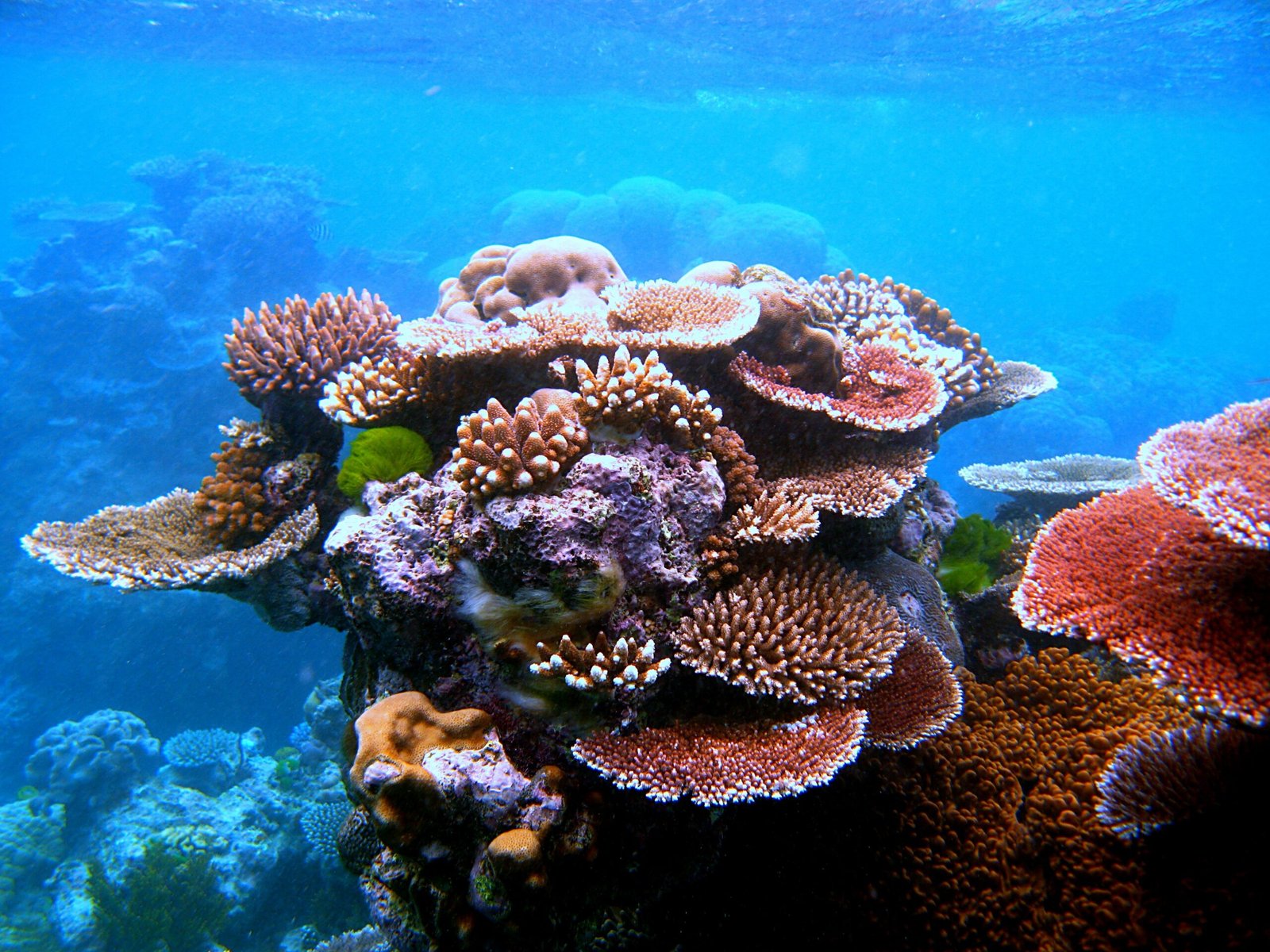
Corals are remarkably sensitive to their surroundings. They can detect changes in light, temperature, and water chemistry with astonishing precision. Some even “remember” past stress events, which helps them withstand future challenges. This ability to sense and adapt is key to their survival, allowing reefs to flourish in some of the world’s most dynamic and unpredictable environments.
The Coral Genome: Unlocking the Secrets of Adaptation
The genetic code of corals holds clues to their resilience. Recent advances in DNA sequencing have revealed how corals adapt to stress, resist disease, and form new partnerships with algae. Scientists are now using this knowledge to breed corals with improved survival traits. By understanding the genome, we can unlock new strategies to help reefs weather the storms of a changing planet.
Corals and Culture: Legends, Art, and Inspiration
Coral reefs have inspired humans for centuries. From ancient myths to modern art, their beauty and mystery have sparked creativity across cultures. Many coastal communities depend on reefs for food, shelter, and spiritual well-being. The loss of coral would not only rob the oceans of their most vibrant life, but also erase a vital part of our shared heritage.
Citizen Science: How You Can Help Corals Survive
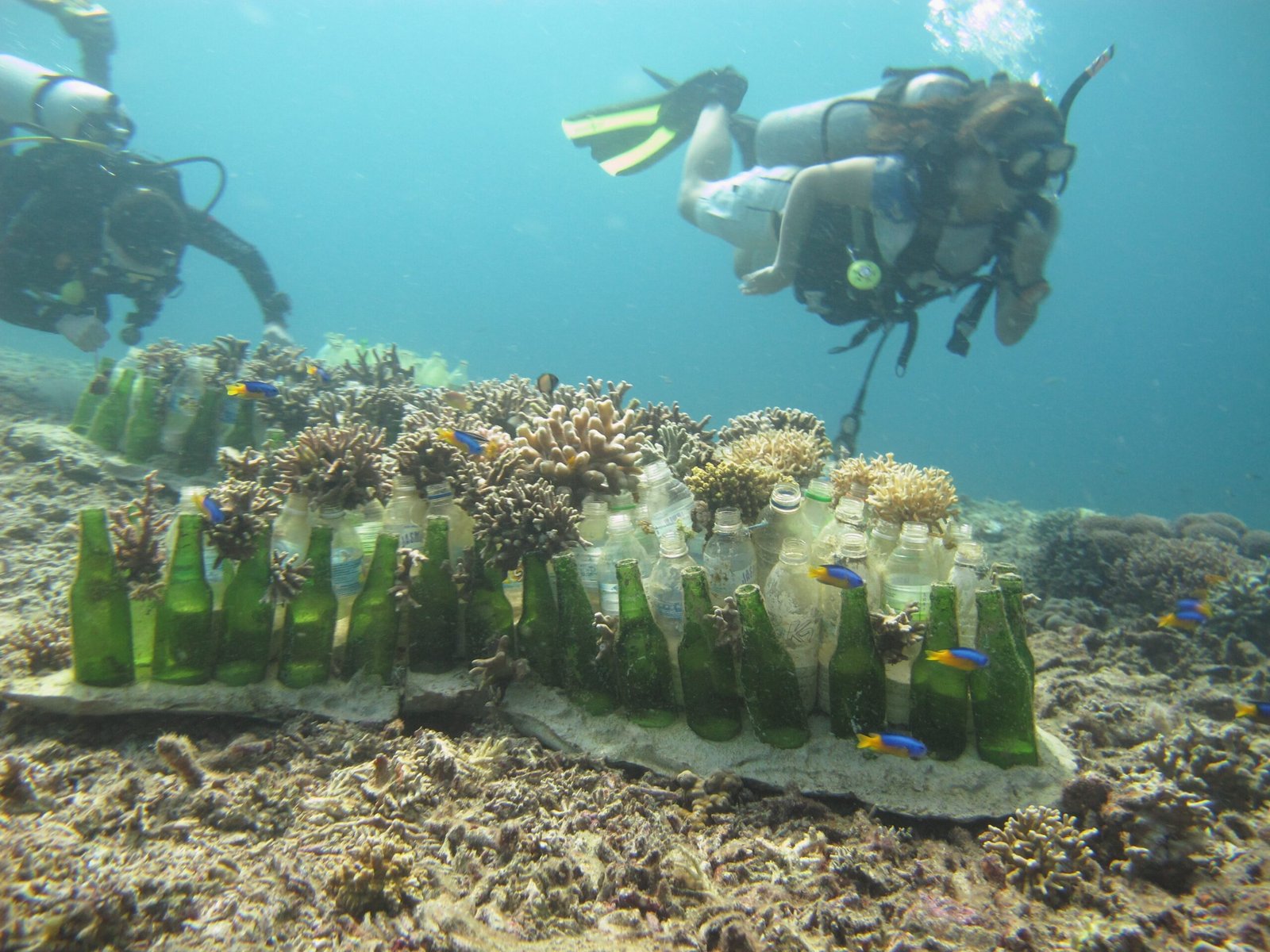
Anyone can make a difference in the fight to protect coral reefs. Citizen science projects invite divers, snorkelers, and beachgoers to monitor reef health, report bleaching events, and participate in restoration. Simple actions—like choosing sustainable seafood, reducing plastic use, and supporting conservation organizations—can have a huge impact. Every voice matters in the struggle to keep coral reefs alive for future generations.
A Living Wonder: The Coral’s Enduring Legacy
Coral reefs stand as one of nature’s greatest triumphs—living tapestries woven from millions of tiny lives working together. They remind us that strength lies in unity, that beauty can be a shield, and that even the most delicate creatures can shape the fate of the world. The story of the coral is a call to action and a celebration of life’s boundless ingenuity.


